WHAT IS CAMOUFLAGE?
WHY DO ANIMALS HAVE CAMOUFLAGE? Camouflage is an animal's ability to hide itself from predators and prey. Animals use camouflage to hide from predators that want to eat them or to hide from prey they want to eat. Most animals camouflage themselves through colorization—the color of their skin, fur, feathers, or scales matches their environment, mimics a leaf, stick, or some other thing common in their surroundings, or their color pattern allows them to blend in with other animals in their species to make it difficult for predators to tell them apart. TYPES OF CAMOUFLAGE There are many different types of camouflage, but the main type is called crypsis. It is when an animal's coloring allows it to blend in without being seen. Other types of camouflage include patterns that make an animal's movement difficult to detect or the ability of an animal to mask its smell. Some animals, like the toad below, try to match their background to avoid being seen. Some animals, like the ptarmigan, even change color entirely with the seasons to blend in to the changes in their environment. Pixabay
Pixabay The ghost mantis has a body that looks like a brown leaf. It is an example of an animal that mimics, or copies, something from its environment to avoid being seen. TRY THIS EXPERIMENT Want to see how camouflage works? Try this experiment. Here's what you'll need:
3. Mix the the paper squares together and spread them out over the mat of paper. 4. Find a friend and ask him or her to pick up as many pieces of paper as they can in 10 seconds. The only rule is that he or she must only pick up one piece of paper at a time. 5. Once they've finished, count the number of brightly colored squares and the number of printed squares. If your friend is like most people, he or she will have many more colored squares of paper. Why? Because they are easier to see. This is how camouflage works, too. If an animal blends into its background, it is less likely to be attacked by a predator. Butterfield, Moira. "Camouflage." 1000 Facts about Wild Animals. New York: Scholastic, 1992. 34-35. Print. "Camouflage." Camouflage. University of Delaware, n.d. Web. 05 Aug. 2016. http://tinyurl.com/z8kttml "Camouflage." National Geographic Society. National Geographic Society, 25 Aug. 2011. Web. 02 Aug. 2016. Harris, Tom. "How Animal Camouflage Works." HowStuffWorks.com. InfoSpace LLC, 18 May 2001. Web. 05 Aug. 2016. <http://tinyurl.com/ydeyyfc>.
Comments are closed.
|
Author
I often struggle to find websites with thorough explanations in simple language to help kids understand historical events or scientific concepts, so I decided to create some of my own! -Cookie Davis
Archives
March 2024
|
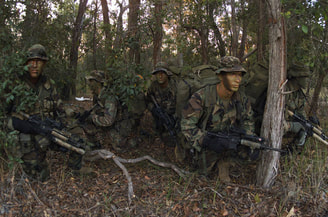
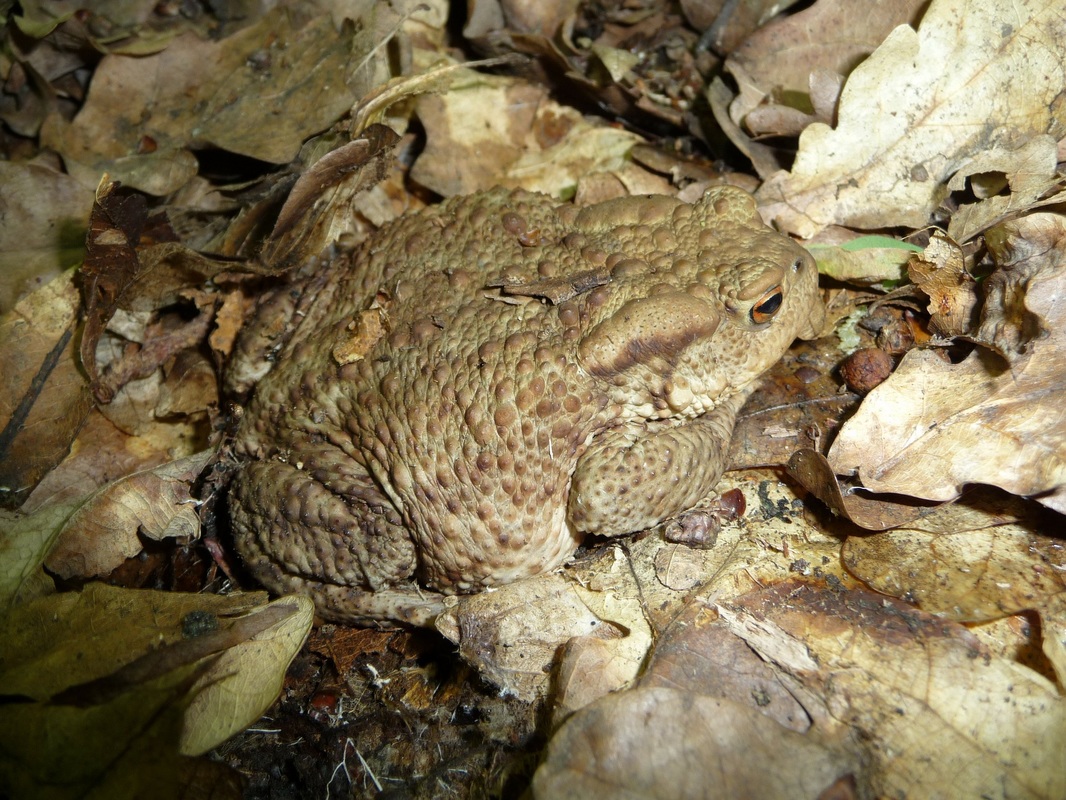
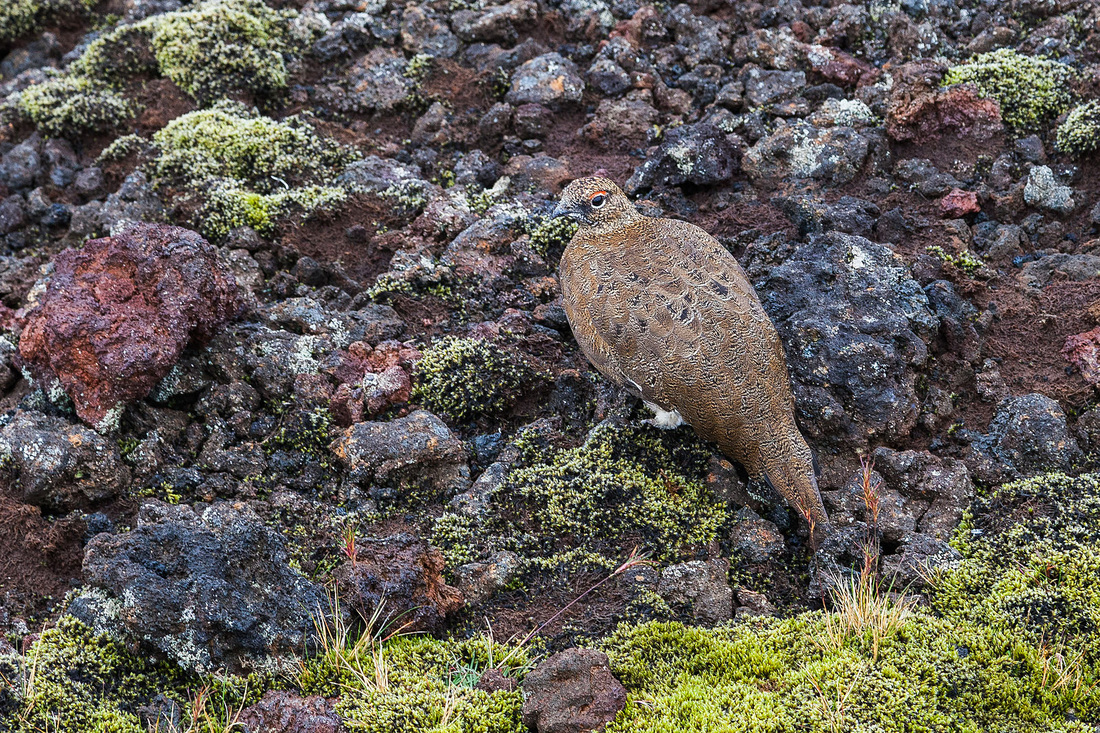
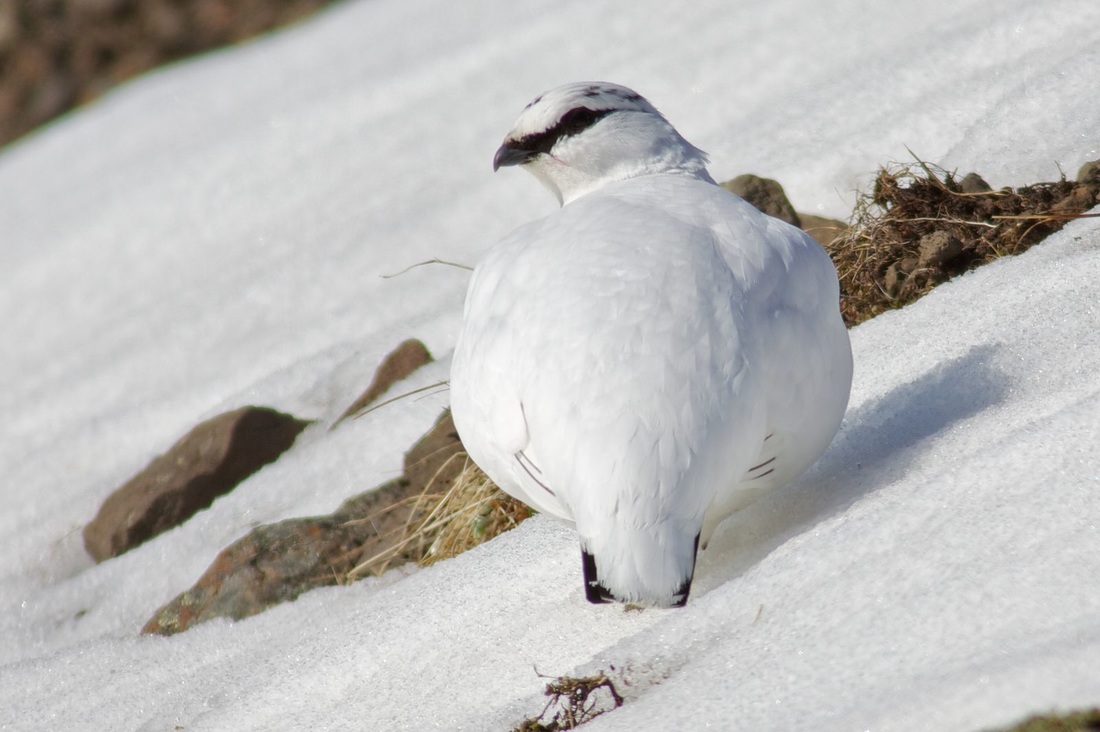
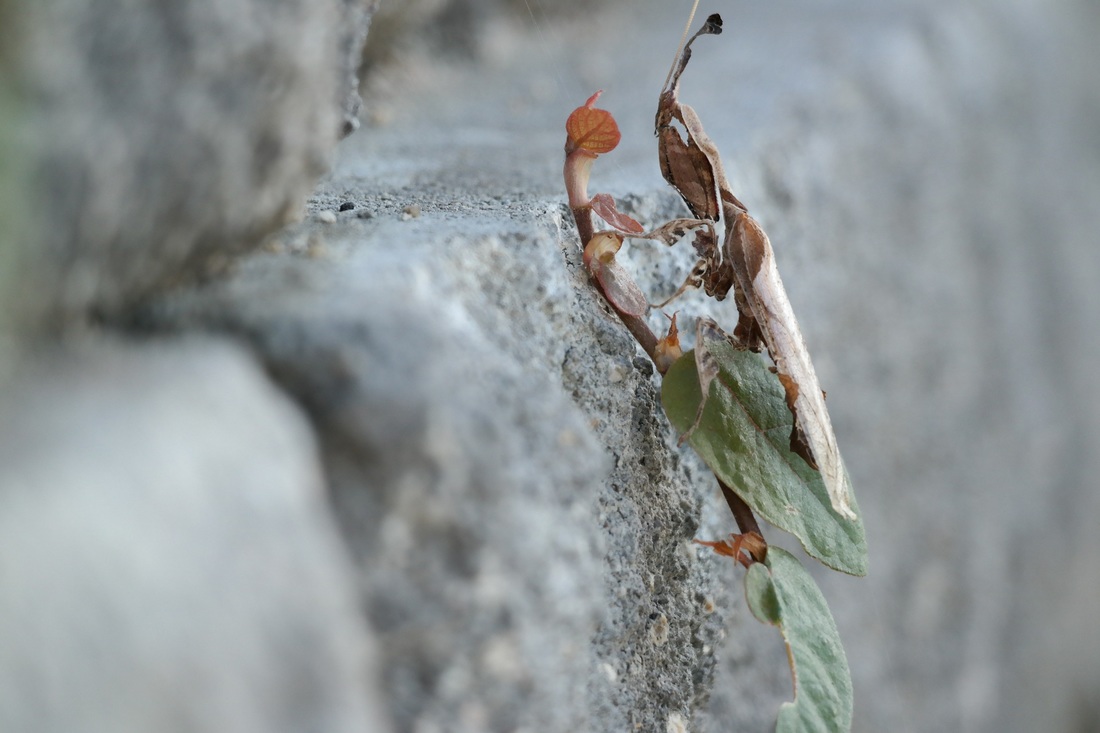





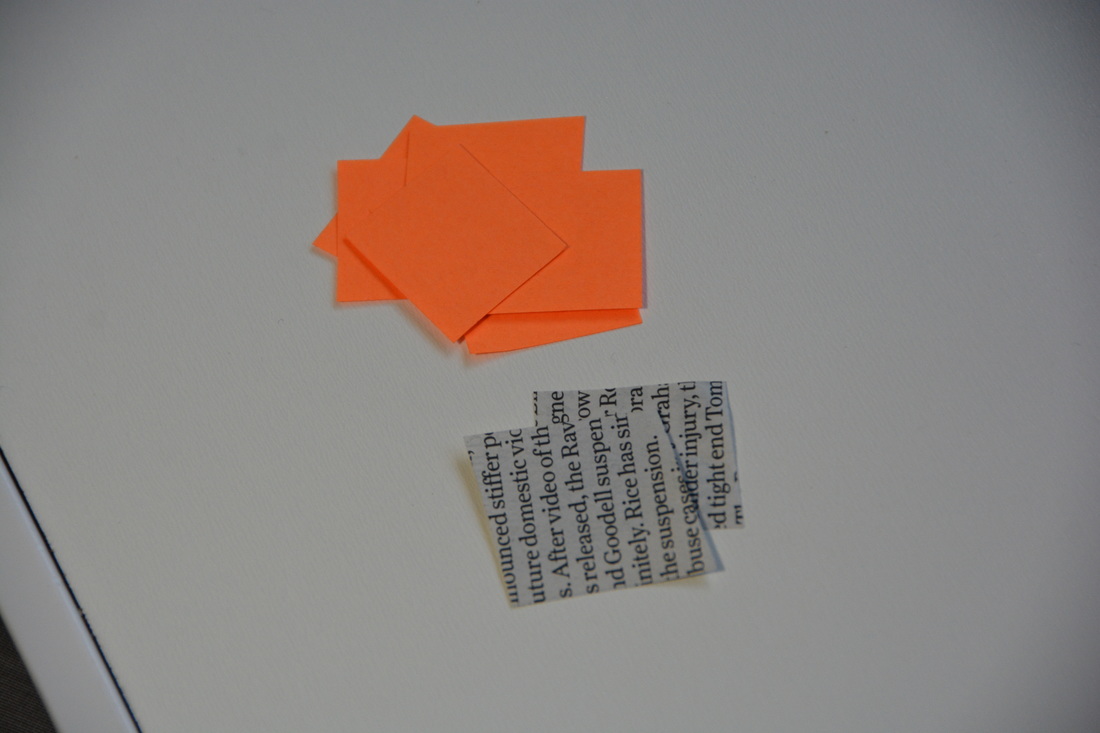
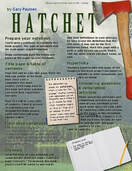
 RSS Feed
RSS Feed